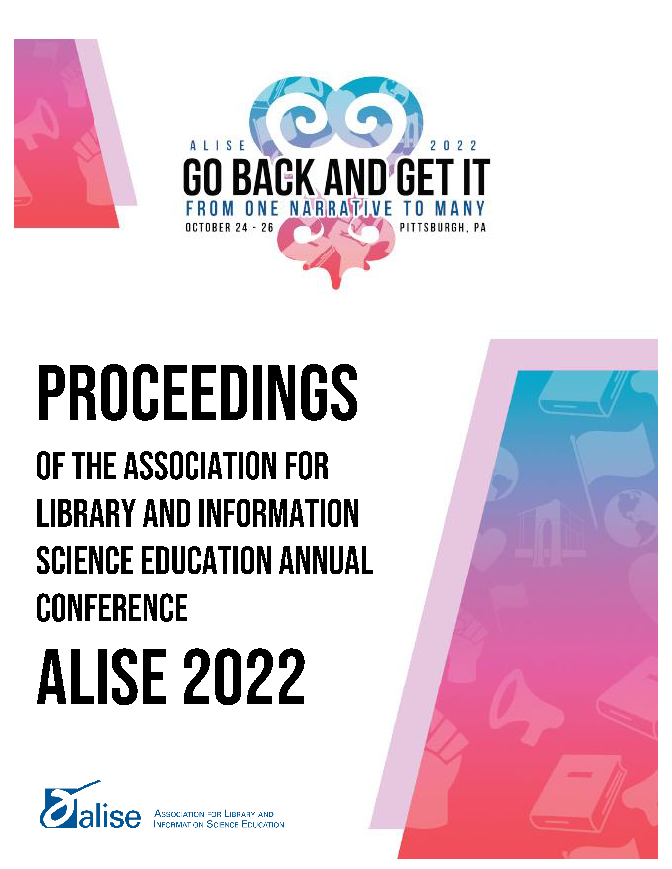Spanish-speakers Preferred
How Libraries Can Make Their Workforce Better Reflect Their Communities
DOI:
https://doi.org/10.21900/j.alise.2022.1016Keywords:
inclusion, US job ads, Hispanic-Serving Institutions, Spanish languageAbstract
While Spanish is the most spoken non-English language in the United States (US), Spanish-speakers face barriers to information access that may continue to impede their inclusion and careers in libraries. Despite a stated commitment to diversity, equity, and inclusion, the library profession continues to greatly underrepresent Spanish speakers in its collections and workforce. By looking at Social Identity Theory and the Theory of Information Poverty, we propose ways for libraries to better meet the needs of Spanish-speakers and to better include them in their workforce. This paper details an overview of the theoretical framework, provides a literature review on the Spanish-speaking community’s relationship to libraries, analyzes US job ads data for inclusive wording towards Spanish-speaking applicants, and provides practical steps that libraries can take to make their workforces and outreach programs more inclusive.
Downloads
Published
Issue
Section
License
Copyright (c) 2022 Andrew Wakelee, Dr. Kim M. Thompson

This work is licensed under a Creative Commons Attribution-ShareAlike 4.0 International License.



